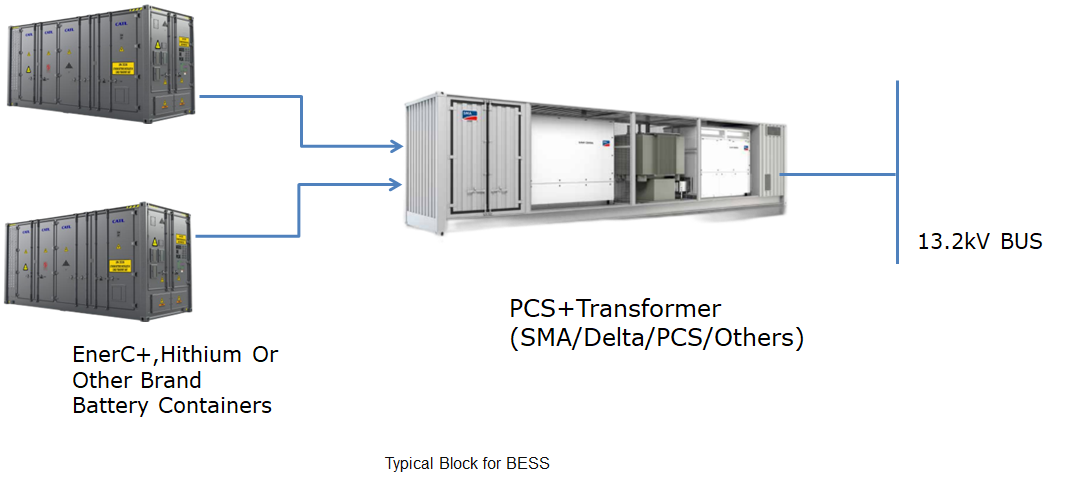
The landscape of energy storage has undergone a transformative evolution, with battery technology at the forefront of this change. Modern battery systems, which are fundamental to a range of applications from electric vehicles to grid storage, comprise sophisticated components that work in unison to store and deliver energy efficiently. A deeper understanding of the battery system composition is essential to appreciate the advancements in this technology.
Battery System Composition Breakdown
The battery system is an assembly of interconnected components, each with specific parameters that contribute to the overall performance and efficiency of the system. Let’s dissect the composition based on the provided image, detailing each component from the individual cell to the complete cabinet.
Cell Parameter
Chemistry:
- The battery uses Lithium Iron Phosphate (LFP) chemistry, renowned for its safety and long cycle life.
Voltage and Capacity:
- A nominal voltage of 3.2V and a nominal capacity of 306Ah, contributing to a high energy density.
Energy and Efficiency:
- The cell's nominal energy stands at 979.2kWh, with a commendable charge/discharge rate of ≤0.5, indicating fast charging and discharging capabilities.
Temperature and Durability:
- Designed to operate within a wide temperature range of -30°C to 55°C, the cells can withstand extreme conditions.
- Boasting a cycle life of 10,000 cycles at 70% retained capacity, these cells are built for longevity.
Battery Module Parameter
Configuration:
- The battery module is configured as 2P52S, meaning two cells in parallel and 52 in series, enhancing both voltage and capacity.
Voltage and Energy:
- Rated at 166.4V with a nominal energy of 101.83kWh at 25°C, the module is a significant step-up from individual cells.
Temperature and Protection:
- Sharing the cell's wide temperature range ensures consistent performance across the system.
- With an IP (Ingress Protection) grade of IP66, the module is well-protected against dust and water, making it robust for various environments.
Battery Cabinet Parameter
Cabinet Configuration:
- The cabinet configuration of 10P52S*8 denotes a significant parallel and series expansion, implying an increase in both current handling and voltage.
Voltage and Energy:
- The substantial nominal voltage of 1331.2V and a whopping nominal energy of 4073.47kWh are indicative of industrial-scale storage capacity.
Charging and System Protection:
- A rated charging current of 1530A suggests rapid energy storage capabilities.
- Voltage ranges from 1040 to 1500VDC, providing flexibility in operation.
- The system is cooled using a liquid cooling method, ensuring optimal temperature control.
- The weight of approximately 36 tons underscores the system's substantial size and capacity.
- With an IP67 rating, the cabinet is completely dust-tight and can withstand temporary immersion in water, ensuring protection in harsh conditions.
The battery system depicted is a testament to the incredible advancements in battery technology. From the individual cell's chemistry to the cabinet's complex configuration, each component plays a critical role in delivering a high-performance energy storage solution. As our energy needs grow and diversify, these battery systems will become even more integral to our lives, powering everything from homes and businesses to cars and grid-scale renewable energy systems. The parameters outlined reflect a commitment to efficiency, safety, and sustainability in the realm of energy storage solutions.

